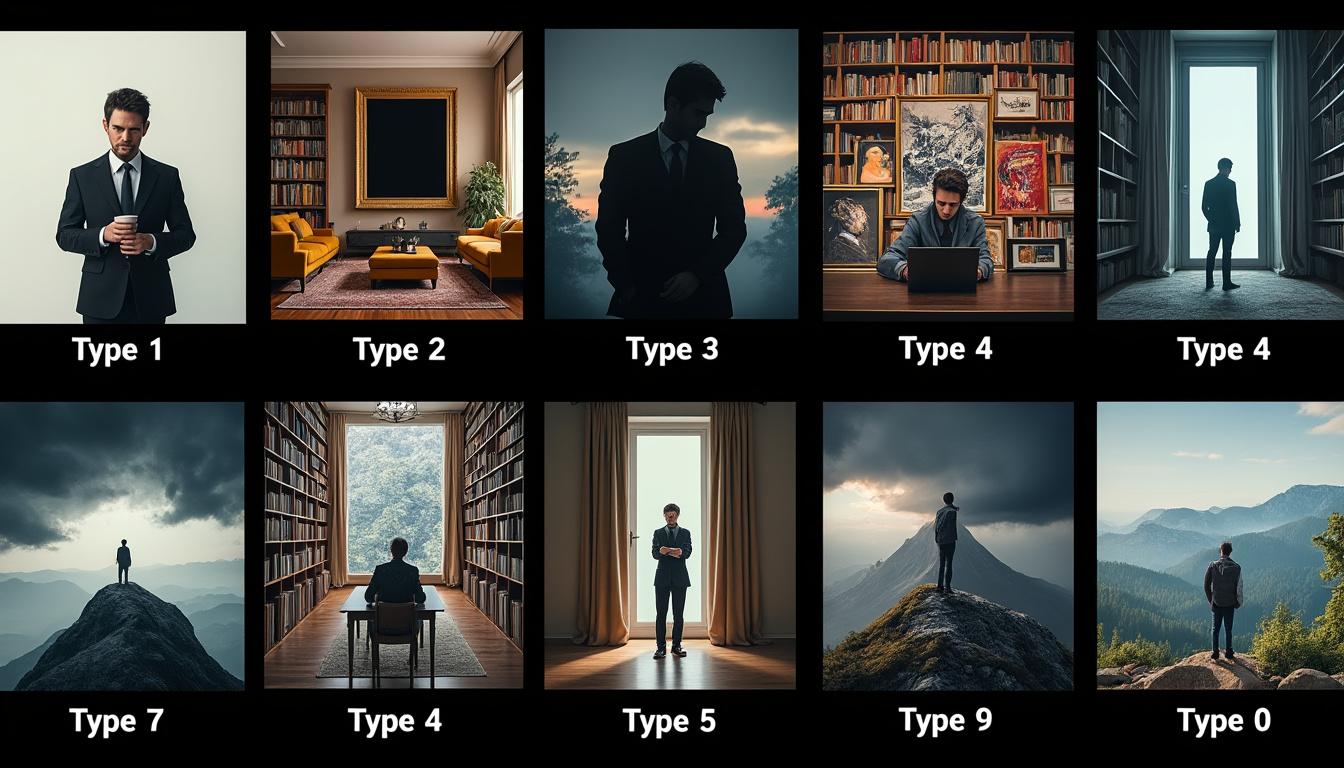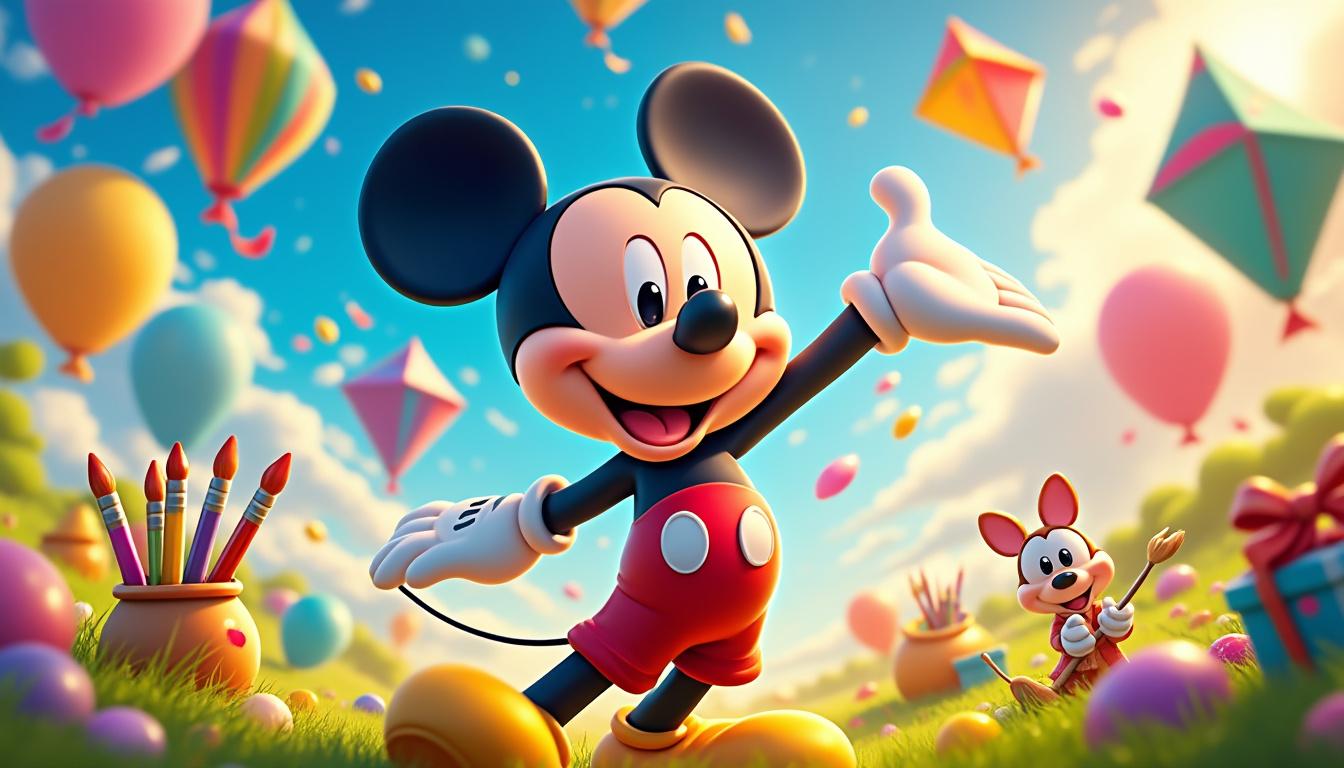Welcome to our space dedicated to your privacy.
We value transparency in the use of your data.
Every piece of shared information strengthens our commitment to you.
To ensure an optimal experience, we use cookies and data to provide and maintain our Google services. We monitor outages and protect against spam, fraud, and abuse. Additionally, we measure audience engagement and site statistics to better understand how our services are used and to improve their quality. By choosing to accept all cookies, we will also be able to develop new services, assess the effectiveness of advertisements, and display personalized content based on your preferences. If you prefer to decline, we will not use cookies for these additional purposes. The non-personalized content is influenced by the content you are currently viewing, your activity during your active search session, and your location. As for personalized content and advertisements, they may include results, recommendations, and ads tailored to your past activities on this browser, such as your previous Google searches. We also adjust the experience to be appropriate for your age, where applicable.

The Myers-Briggs Type Indicator (MBTI) is a powerful psychological tool designed to decipher the various aspects of human personality. Inspired by the theories of Carl Gustav Jung, the MBTI aims to identify individual preferences regarding perception and decision-making, thereby providing a better understanding of oneself and others.
The MBTI is based on four main dimensions: extraversion versus introversion, sensing versus intuition, thinking versus feeling, and judging versus perceiving. Each dimension contains two opposing poles, and the unique combination of these preferences gives rise to sixteen distinct personality types. This classification allows a better understanding of individual behaviors, motivations, and preferences.
Understanding one’s MBTI type promotes personal development and enhances interpersonal communication. By recognizing one’s own strengths and areas for improvement, individuals can optimize their professional and personal interactions. Moreover, the MBTI encourages the acceptance of differences, thereby strengthening collaboration and cohesion within teams. In summary, the MBTI is a comprehensive guide to exploring and valuing the richness of human diversity.

Welcome to this comprehensive guide dedicated to the Exploration of the Myers-Briggs Type Indicator (MBTI), an essential tool for understanding the different facets of your personality. The MBTI, developed by Isabel Briggs Myers and Katharine Cook Briggs, is based on Carl Gustav Jung’s theories to classify individuals into 16 distinct types. This system is widely used in various fields such as personal development, coaching, and even corporate recruitment. Throughout this article, we will delve deep into the mechanisms of the MBTI, explore its advantages and limitations, and discover how it can help you better know yourself and improve your interactions with others.
what is the mbti
The Myers-Briggs Type Indicator is a psychological instrument designed to identify individual preferences regarding perception and judgment. It is based on four main dichotomies: extraversion versus introversion, sensing versus intuition, thinking versus feeling, and judging versus perceiving. Each individual is classified based on their responses, creating a unique profile among the 16 possible types. For example, an INFJ type person is often described as reflective, intuitive, and future-oriented. Using the MBTI not only enhances self-knowledge but also helps in understanding how to interact effectively with different personalities.
the history and creation of the mbti
The history of the MBTI dates back to the 1940s, when Katharine Cook Briggs and her daughter Isabel Briggs Myers began developing this tool based on Carl Jung’s theories. Their goal was to make Jung’s concepts more accessible and applicable in everyday life. Over the decades, the MBTI gained popularity, being used in various contexts ranging from education to human resource management. Today, it is recognized worldwide as an effective means of fostering self-understanding and understanding of others, thereby improving communication and collaboration within teams.
the four dimensions of the mbti
The MBTI comprises four main dimensions, each representing a pair of opposing preferences. The first dimension is extraversion (E) versus introversion (I), which describes a person’s source of energy. The second is sensing (S) versus intuition (N), which relates to the way a person perceives information. The third dimension is thinking (T) versus feeling (F), which pertains to decision-making. Finally, the fourth is judging (J) versus perceiving (P), indicating the way one organizes the outside world. Understanding these dimensions provides an overview of individual preferences and their impact on behavior and social interactions.
how mbti is used in personal development
In the field of personal development, the MBTI serves as a valuable tool for identifying strengths and areas for improvement. By understanding one’s personality type, one can better guide career choices, improve communication skills, and develop strategies for managing stress. For instance, an ENFP type person can leverage their creativity and enthusiasm to excel in inspiring leadership roles while working on time management to avoid procrastination. Many resources, such as MBTI workshops, are available to help individuals fully realize their potential.
mbti in professional environments
The MBTI is widely used in professional environments to optimize collaboration and communication within teams. By identifying the different personality types, managers can better allocate tasks based on individual skills and create a harmonious work environment. For example, in an MBTI workshop organized by OptimizeTeamWork, participants learn to recognize and value the diverse personality types, which enhances team dynamics and fosters better mutual understanding. This approach also helps reduce conflicts and increase productivity by aligning roles with employees’ natural preferences.
the advantages and limits of the mbti
The MBTI offers many advantages, including its ease of use and its ability to provide valuable insights into personality. It promotes better self-understanding and understanding of others, which is beneficial in various contexts, whether personal or professional. Furthermore, the MBTI encourages the acceptance of individual differences and the appreciation of diverse talents. However, it also has limitations. Some critics argue that the MBTI lacks scientific validity and that personality types may be too rigid to reflect human complexity. Therefore, it is important to use the MBTI as a complementary tool rather than an absolute truth.
comparison between mbti and other personality models
Comparing the MBTI with other personality models, such as the Enneagram, reveals different approaches to understanding individuals. While the MBTI focuses on preferences and perceptions, the Enneagram explores deep motivations and fears. For instance, an article about the effectiveness of the MBTI compared to that of the Enneagram highlights that each model has its own strengths and can be used complementarily to achieve a more comprehensive view of personality. This multifaceted approach allows individuals to better understand themselves and adapt their behaviors according to situations.
recent innovations in mbti
Recent innovations in the field of MBTI have refined the assessment of cognitive functions, providing more precise and detailed analyses. For example, new research has integrated aspects such as cognitive plasticity and cultural influences, thus enriching the understanding of personality types. A recent article on innovations in MBTI cognitive function assessment explores these advancements and shows how they allow for a more flexible and dynamic application of the MBTI in various contexts. These developments reinforce the relevance of the MBTI in a constantly evolving world.
integration of astrology and mbti
An emerging trend is the fusion of astrology with the MBTI, aiming to offer an even more comprehensive perspective on personality. Projects such as the fusion of the stars and personality illustrate how astrological characteristics can complement MBTI profiles, adding a temporal and cosmic dimension to personality analysis. This hybrid approach allows for unique insights and exploration of aspects of oneself often overlooked by traditional models.
resources and tools to deepen your understanding of mbti
For those wishing to deepen their understanding of the MBTI, many resources and tools are available. Websites like The ideal movie to watch according to your MBTI type offer interactive and personalized content that helps illustrate the different personality types in a playful manner. Additionally, specialized training, books, and practical workshops enable the application of MBTI concepts in daily and professional life. By investing time in these resources, you will not only better know yourself but also improve your interpersonal relationships and optimize your personal development.

“`html
FAQ
What is the Myers-Briggs Type Indicator (MBTI)?
Answer: The Myers-Briggs Type Indicator (MBTI) is a psychological assessment tool that identifies individual preferences regarding perception and judgment. It classifies people into 16 different personality types, thereby helping to better understand oneself and others.
How can the MBTI help me in my professional life?
Answer: By understanding your personality type, the MBTI can help you identify your strengths and weaknesses, choose a career that fits you, and improve your communication and teamwork skills, which can lead to greater satisfaction and professional success.
Is the MBTI scientifically validated?
Answer: Although the MBTI is widely used in personal and professional development, it has received criticism regarding its scientific validity. It is important to use it as a reflective tool rather than a definitive assessment of personality.
How do I determine my personality type with the MBTI?
Answer: To determine your MBTI personality type, you can take an online questionnaire or consult a certified MBTI practitioner. The test evaluates your preferences across four dimensions: energy orientation, information perception, decision-making, and lifestyle.
Can one change their MBTI personality type?
Answer: The MBTI suggests that personality types are innate and stable throughout life. However, it is possible to develop skills in less natural areas for oneself, which can enhance flexibility and adaptability in different situations.












